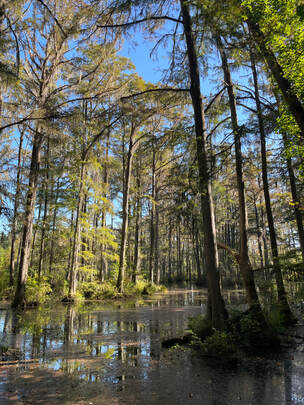 Photo by Alex LoCastro. Photo by Alex LoCastro. By Alex LoCastro, Conservation Program Coordinator Recent research has shown that the biggest drivers of native bird population decline in North America are habitat loss and habitat degradation. These dual forces have been responsible for staggering losses among many of our native bird species, and today our landscapes are home to nearly three billion fewer breeding birds than they were back in 1970. To help combat these losses, Georgia Audubon’s conservation team is focused on building and restoring as much native habitat as possible for the benefit of birds and other wildlife. Georgia Audubon’s Wildlife Sanctuary Program has been extremely successful, and we’re well on our way to building a network of certified native landscapes across the state, with the goal of re-establishing habitat connectivity in and around our increasingly urbanized and developed cities. In order to be certified, applicants must meet a series of environmental requirements and pass an assessment of the property carried out by our Avian Advocate volunteers. To date, the program has certified nearly 800 properties consisting of more than 29,000 acres, and we hope to continue growing the program across the state in years to come. One limitation of the Wildlife Sanctuary Program that has in some ways contributed to the success of the program is the in-depth, rigorous process required for certification. While it is entirely feasible for our volunteers to walk the entirety of a two-acre property in metro Atlanta and make detailed recommendations about how best to improve it, it would be nearly impossible, logistically-speaking, to do the same for a 200- or 2,000-acre property somewhere in rural Georgia. It’s true that even a small plot of native plants can make a huge difference to the wildlife in your local area, but, on a larger scale, it’s critically important to help protect and rehabilitate as much habitat as possible. We’ve determined that the best way to do that is by creating a new conservation program designed specifically for these larger properties. That program is the brand-new Georgia Audubon Habitat Stewardship Program. Unlike the Wildlife Sanctuary Program, this program is self-reporting in nature and will serve large properties of all kinds, from 10-acre, privately-owned homesteads and farms to multi-thousand-acre, publicly-owned Wildlife Management Areas and more. The goal is to enable property owners and managers to make improvements to their land for the benefit of native wildlife while also connecting them to educational resources, technical assistance programs, cost-sharing and revenue-generating programs, engagement and research opportunities, perks associated with Georgia Audubon membership, recognition as an official Habitat Steward in our program, and more. Our hope is that the program will further advance our own conservation goals while also supporting various partner organizations and providing tangible benefits to its applicants. If you own or manage a large property and wish to enter it into the Habitat Stewardship Program as a pilot property, we encourage you to fill out one of our preliminary applications located at www.georgiaaudubon.org/habitat-stewardship-program. Please fill out the short survey with basic information regarding your property and its use, and you will be entered into the pool of potential candidates. From there, additional information about the program and the next steps will be provided as they become available. Properties for this program will be considered only if they are more than 10 acres. All property types above this size are encouraged to apply to the program. Smaller spaces should consider applying for certification through the Georgia Audubon Wildlife Sanctuary Program. If you have any questions, please email Alex LoCastro, conservation program coordinator, at alex.locastro@georgiaaudubon.org.
1 Comment
Photo by Cathy Rouse by Georgia LaMar, Georgia Audubon Avian Advocate Volunteer
Georgia LaMar certified the Walter's Wood Homeowners Association Property on North Carter Road in Decatur as a Georgia Audubon Wildlife Sanctuary earlier this year. She interviewed Cathy Rouse, who oversaw the property restoration and certification, for this newsletter.
Frank M. Chapman (1864-1945), the visionary innovator who conceived the Audubon Christmas Bird Count (CBC) now entering its 123rd year, is the forgotten giant of American conservation whose overriding passion from early childhood was birdlife in all its incredible variety and dazzling beauty.
The Man Who Loved BIrds: Pioneer Ornithologist Dr. Frank M. Chapman, 1864-1945 by James Huffstodt is the first full-length biography of this iconic bird man of the American Museum of Natural History. The 2022 biography may be purchased in paperback or E-book format on amazon.book.com. The 400-page book includes vintage photos, extensive footnotes, and bibliography. Chapman was a self-taught ornithologist and banker who early on abandoned the prison of the teller’s cage for a life of science spent with the New York Museum of Natural History on Central Park West where during his 54-year career he became legendary as the Dean of Ornithologists. This stern, very proper Victorian, had a starchy soul and rather intimidating presence concealing a sensitive and romantic soul. This extensively researched volume tells the story of Chapman's life of adventure, danger, and discovery spent in search of beautiful wild birds in remote wilderness areas throughout North and South America. He also led the fight against the mass slaughter of wading birds, lobbied for the first bird protection legislation, laid the foundation for modern South American ornithology, and was a friend of President Theodore Roosevelt, who shared his passion for bird and wildlife conservation. Acknowledged as the Dean of American Ornithologists, Chapman left an imperishable legacy as an influential pioneer whose adventures in the field included dodging rattlesnakes and tornados in Texas, enduring a savage Caribbean hurricane aboard a small sailing craft, negotiating with armed revolutionaries in the South American jungle, and riding muleback on narrow, treacherous trails high in the Andes mountains. Chapman authored 17 books, and founded Bird Lore magazine, forerunner of today’s Audubon magazine. His landmark bird guide, Handbook of Birds of Eastern North America, 1895, went through several editions and was wildly popular for more than 40 years. He was also a sought-after bird lecturer and educator who helped father the modern birdwatching movement. Biographer James Huffstodt of Tallahassee spent 25 years working as an information-education officer before retiring to write Chapman’s story. THE MAN WHO LOVED BIRDS is his fourth published non-fiction work. As a freelance writer he published feature stories in various magazines including Civil War Times, the DAR’s American Spirit, Florida Wildlife Magazine Illinois Outdoor Highlights, Dog World Magazine, Tallahassee Magazine, and Sea Classics. |
AuthorBirds Georgia is building places where birds and people thrive. Archives
April 2024
Categories |
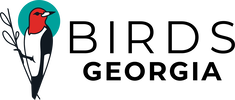
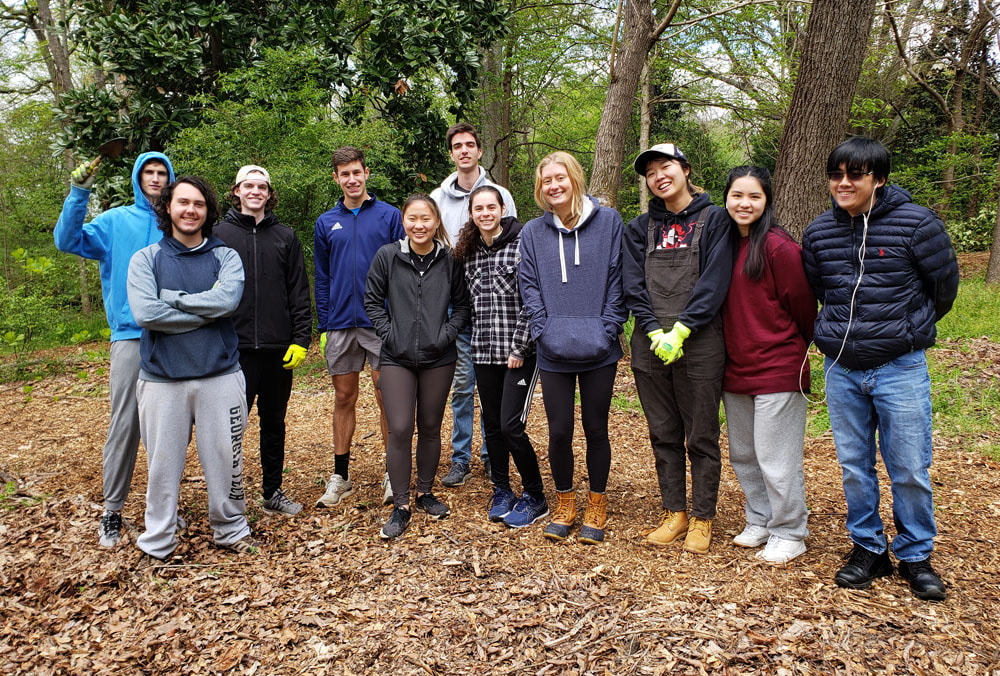
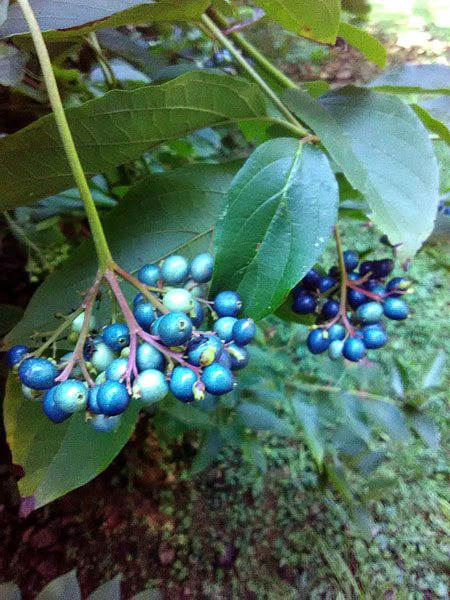
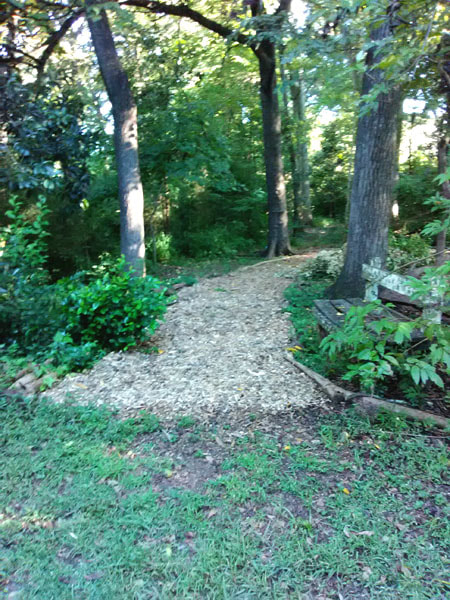
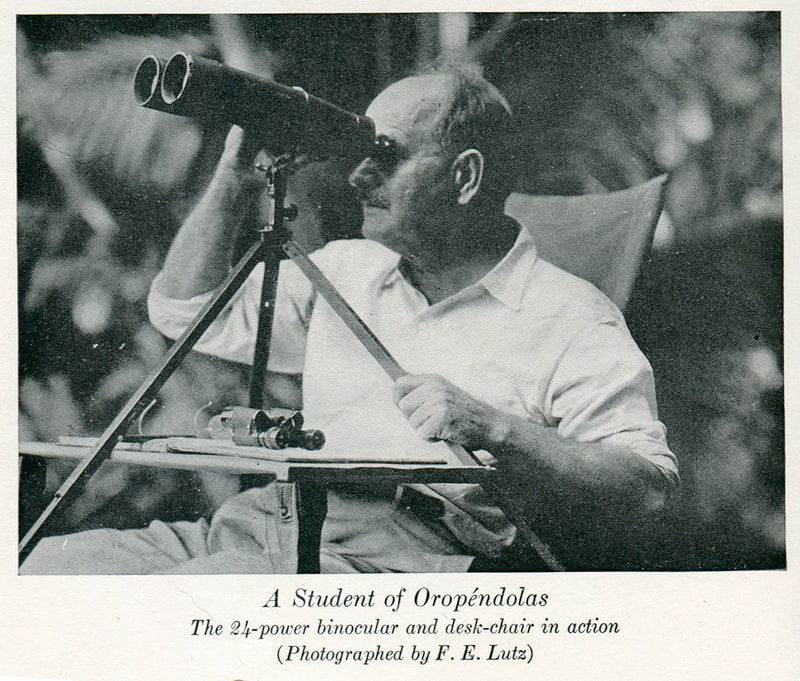
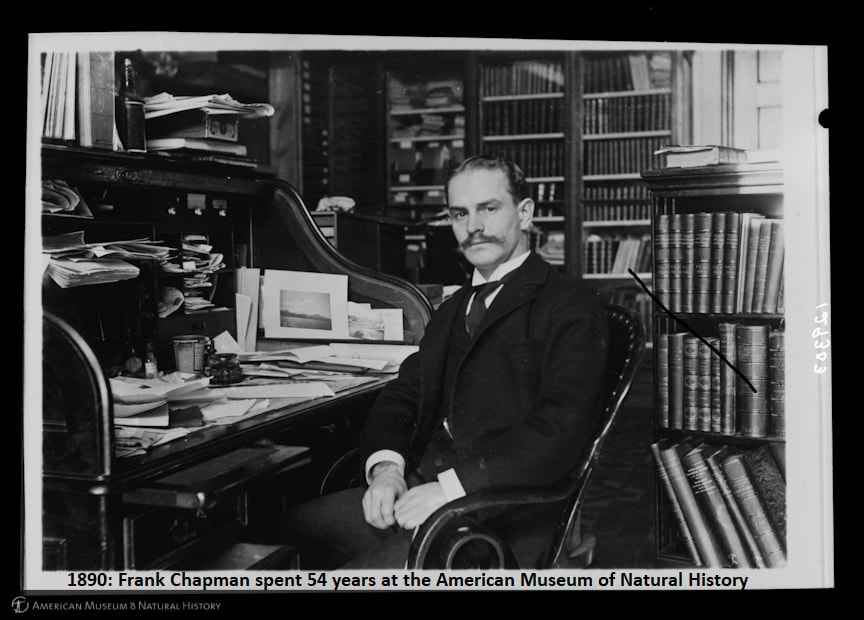
 RSS Feed
RSS Feed
